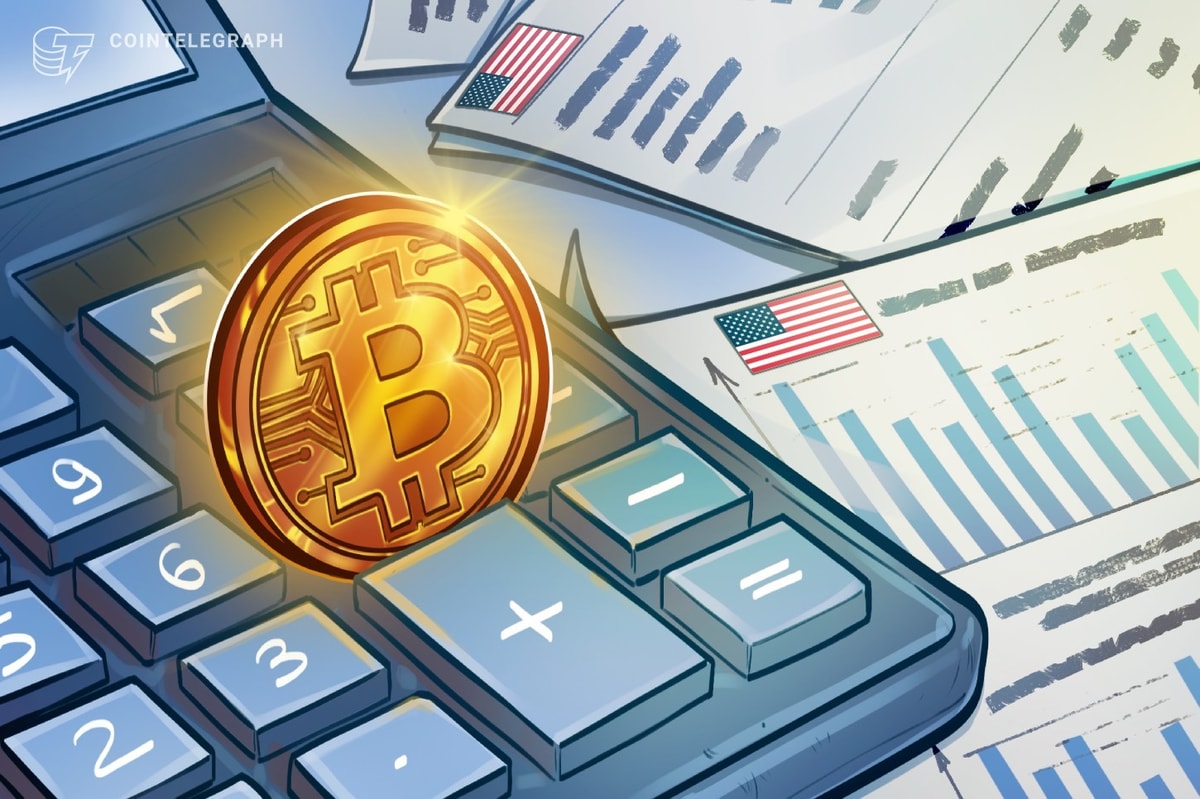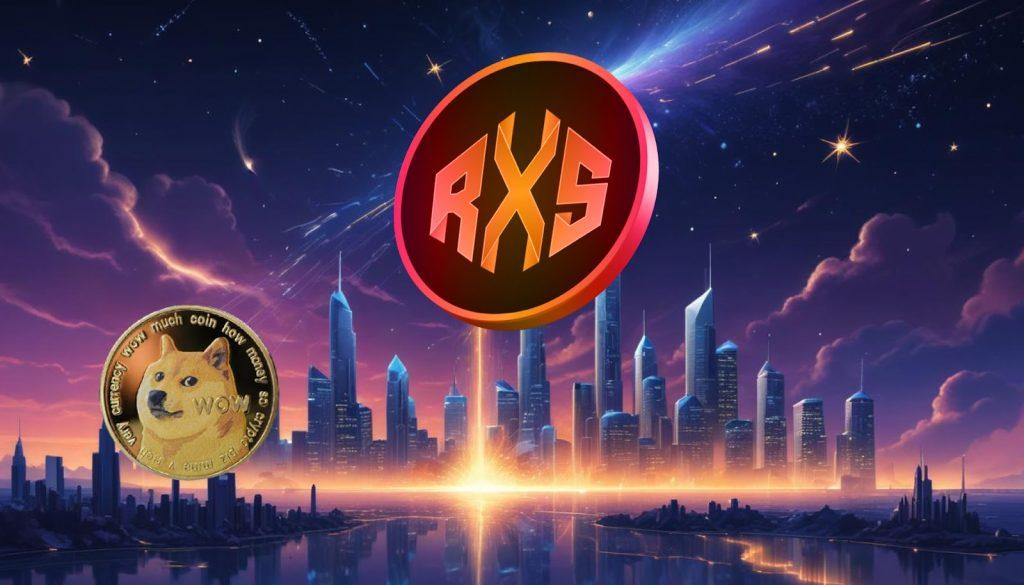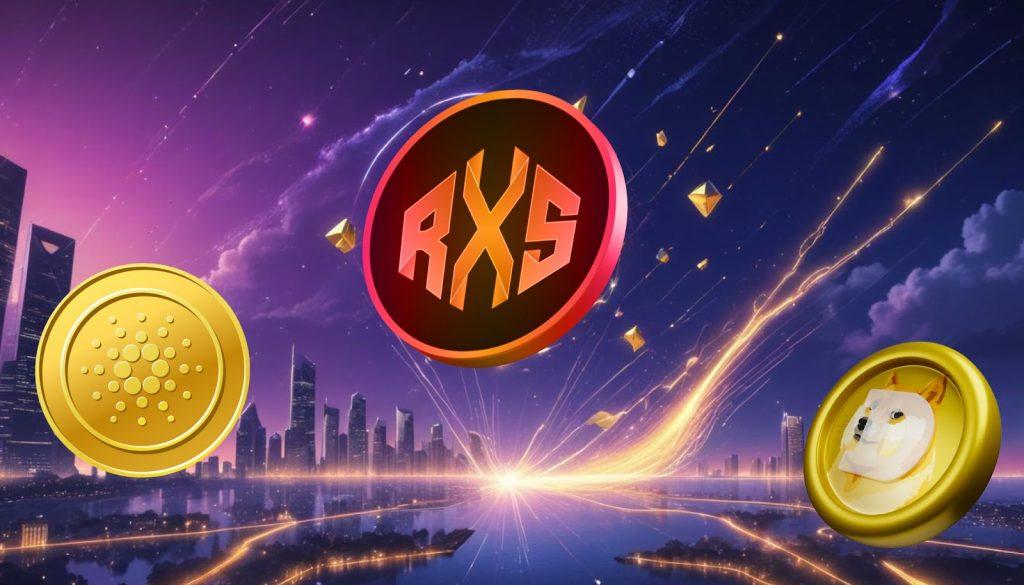OpenAI expresses interest in buying Google Chrome
Nick Turley, the head of product at OpenAI, recently made headlines when he expressed that OpenAI would be interested in buying Google Chrome from Google (NASDAQ: GOOGL) if the opportunity were to exist. The Department of Justice (DOJ) summoned Turley to testify in the Google antitrust case, in which United States courts found Google guilty of violating antitrust laws regarding its dominance in search engines and digital advertising. One of the proposed remedies from the DOJ is forcing Google to sell its Chrome browser.
It probably isn’t surprising that OpenAI would want to throw its hat into the ring to potentially buy Chrome, the world’s most popular Internet browser, holding around 66% of the global market share. About a year ago, it was rumored that OpenAI was building its web browser to compete with Chrome. They even went as far as hiring ex-Google developers like Ben Goodger and Darin Fisher, who both worked on the original Chrome project.
At first glance, it might seem strange that a leading generative artificial intelligence (AI) company would want to own a web browser. However, doing so would directly benefit OpenAI’s core operations. First, they’d get access to an invaluable amount of user-generated search data from Chrome’s 3.45 billion users worldwide, which could be used to train their AI models. Beyond that, they’d gain a built-in distribution channel, allowing any new OpenAI product to reach Chrome’s 3.45 billion users almost instantly through integrations.
Owning Chrome would also give OpenAI a much-needed path to profitability. Advertising revenue alone from the browser is estimated to bring in between $17 billion and $35 billion per year—and that’s not even counting Chrome’s enterprise offerings and strategic partnerships business models which also generate revenue.
Buying Chrome would be a massive win for OpenAI. But even if the Justice Department eventually forces Google to divest Chrome, OpenAI likely wouldn’t be the only company lining up to make an offer. The “remedies trial” that will determine Chrome’s fate started on April 21, but a final ruling isn’t expected until August, so we’ll have to wait and see how this unfolds.
Trump signs executive order to boost AI education in schools
Meanwhile, a new executive order related to artificial intelligence came out of the White House. On April 23, President Donald Trump signed the Advancing Artificial Intelligence Education for American Youth executive order into effect. The order mandates that a strategy be put in place to prepare students (the future workforce) and educators with the knowledge, skills, and resources they’ll need to be in a position of strength when using AI in the coming years. In other words, the White House wants to create an AI-educated workforce to help the U.S. stay dominant in the global AI economy.
The initiatives laid out in the order include increasing AI literacy in K-12 education, creating professional development programs to put educators in the best position to teach students about AI, and creating AI-related registered apprenticeships to provide high school students with work-based learning experiences in the industry.
What I’d argue is more important than the actual contents of the executive order is the bigger notion that the White House is projecting AI to be so significant that they believe individuals who are currently in kindergarten—five- and six-year-olds—need to start learning AI now because it will be important to them a minimum of 12 years down the road when they’re graduating high school and able to enter the workforce full-time.
Right now, having AI knowledge, the skills to use it effectively, and working knowledge of the best tools and resources is essential, and those who possess these can excel. So, for that reason alone, it’s understandable, reasonable, and probably even necessary to add AI to school curriculums, especially for older K-12 students who are just a few years away from working.
But making a 12-year prediction about a piece of technology is really hard. Even though it’s arguably smart to focus on AI education right now, who knows how important AI will still be 12 years from now? By that point, we could easily have already moved on to the next technology, and AI could be so second nature to young adults that having whole curriculums that revolve around it will seem redundant to the experience and interactions that same group is getting in other places naturally.
Amazon and Nvidia push back against AI data center concerns
Over the past few weeks, decisions by a few tech giants, particularly Microsoft (NASDAQ: MSFT), raised questions about the actual demand for AI infrastructure. Microsoft announced that it would suspend and halt several of its previously announced plans to build and scale its AI data centers, which called into question what the underlying purpose of the decision really was; many people—including me—began to speculate that Microsoft’s decision might be because actual consumer demand for AI isn’t matching the projections that many tech giants made when it comes to consumer demand for AI goods and services.
However, Amazon (NASDAQ: AMZN) and Nvidia (NASDAQ: NVDA) commented on their plans for data center expansion. At a conference organized by the Hamm Institute for American Energy, Amazon Vice President of Global Data Centers Kevin Miller said, “There’s been really no significant change [in demand]. We continue to see very strong demand, and we’re looking both in the next couple [of] years as well as long term and seeing the numbers only going up.”
Nvidia’s Senior Director of Corporate Sustainability, Josh Parker, also weighed in, saying, “We haven’t seen a pullback,” and emphasized that “we’re seeing tremendous growth in the need for new baseload power. We’re seeing unprecedented growth.”
However, I don’t think the comments from these two tech giants tell the full story—or even the real story—especially the comment from Parker. Without a doubt, the demand for power is growing. But that’s not the same thing as demand for data throughput, which many believe is the real factor behind Microsoft suspending its plans. It’s no secret that AI operations and the data centers that host them consume massive amounts of energy and can strain grids, especially as AI models get more advanced and need even more power to operate.
But that still doesn’t tell us much about the actual consumer demand for AI goods and services. Yes, AI operations will probably be more efficient if they have more bandwidth and power, and regardless, as the models continue to improve, what it takes to train and run models will probably require more/better infrastructure, but the argument being made by Nvidia and Amazon sounds a lot more like an argument for growing energy consumption than it does a signal of strong user demand for AI products. It does give us a case for why companies might not pull back on their data center expansion plans, but it doesn’t really address the bigger fear that investors and industry insiders have: What if consumers just don’t want AI at the scale that has been projected?
In order for artificial intelligence (AI) to work right within the law and thrive in the face of growing challenges, it needs to integrate an enterprise blockchain system that ensures data input quality and ownership—allowing it to keep data safe while also guaranteeing the immutability of data. Check out CoinGeek’s coverage on this emerging tech to learn more why Enterprise blockchain will be the backbone of AI.
Watch | Alex Ball on the future of tech: AI development and entrepreneurship

















 English (US) ·
English (US) ·